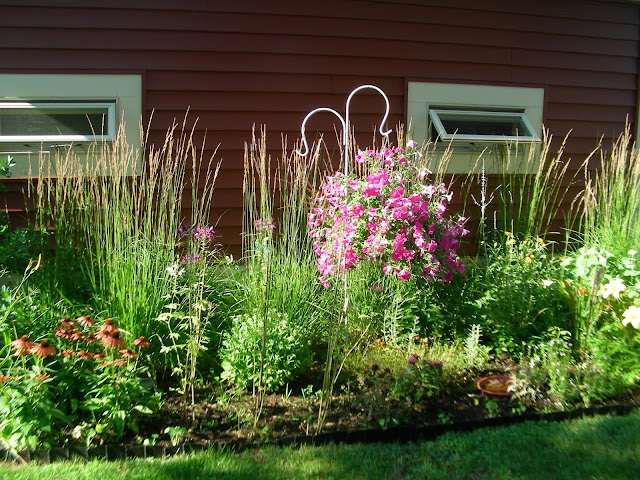Restoring Old Wooden Cutting Boards
 |
| One of my chef father's cutting boards, which I use as a prop |
I relish having time now to be a slow and patient cook, assembling all my tools and ingredients before I begin. When I was a child, I loved watching cooking shows because the hosts always had everything in front of them. I loved the clank of glass on glass as ingredients were emptied into bowls or pans and the soft thump on cutting boards as items were sliced or chopped.
Old wooden cutting boards, marred and scarred they may be, add the patina of age to any kitchen. I love those old kitchen tools, and prefer them to fancy and shiny new things. I collected quite a few when my siblings and I cleaned out my mother's house.
But old wooden boards are also a breeding ground for germs. Here's how to clean and restore them:
If they are wooden boards that you use daily, a regular dousing with vinegar helps keep them clean and sanitized. Make sure the board is completely covered in vinegar and allow it to sit for about 10 minutes. Then wipe off the vinegar with a soft cloth.
The next step for me is a small amount of walnut oil on another clean cloth, which I rub into the board to keep it moist. I prefer not to use mineral oil, but many cooks do use it.
Another method is to use a blend of coarse sea salt and lemon juice, not unlike the solution one uses to clean copper pans. I've used plain table salt, and even baking soda in a pinch. Both work.
I want to sand several of my older boards - ones I'm not using now - when it gets warm enough to do it outside. I've got one old board that actually has a painted design on it; it was in my mother's kitchen and I shudder to think about paint flakes we might have consumed. I'm sure the board was a wedding gift or something, so it's more than 60 years old. Might use my husband's electric sander for that one. I like the idea of using the same cutting boards my parents used: There is no reason for everything in the kitchen to be brand spanking new.
Here are some links that provide more information on saving old cutting boards:
- The Nickel Pincher from Rodale News
- The Daily Beast's Dirty Truth about Cutting Boards
- Reader's Digest's Seven Ways to Clean a Cutting Board
- How to Purchase a New Cutting Board: What's Best? (Wiki How)
PS: Spots on your boards? Apply lemon juice and allow to sit for about 10 minutes before wiping off. Removes most stains.


Comments
We travel with a small, thick synthetic board with a grippy side, so we can sample cheese, sausage and fruit on the road.
Truthfully, the boards I inherited probably have no raw meat bacteria on them as they have not been used in many years. I just enjoy spiffing them up.